In the heart of New Zealand, where the rugged landscapes meet bustling cities, a silent revolution is underway. Public transport, once considered an alternative to private car ownership, is gaining momentum as a viable, sustainable, and economically efficient option. But can it truly outshine the car in the future? As we delve into this pressing question, we uncover trends, data, and expert insights that suggest a transformative shift in how Kiwis commute.
The Current State of Public Transport in New Zealand
New Zealand's public transport system has undergone significant improvements over the past decade. According to the Ministry of Business, Innovation, and Employment (MBIE), the country has invested over NZD 1.6 billion into public transport infrastructure since 2015. This investment aims to reduce carbon emissions, alleviate congestion, and provide affordable mobility options for all citizens.
Despite these efforts, the car remains a dominant mode of transportation. Statistics New Zealand's 2022 report highlighted that 92% of households own at least one car, with many preferring the convenience and flexibility it offers. However, with rising fuel prices and increased environmental awareness, there is a noticeable shift towards public transport, especially in urban areas like Auckland and Wellington.
Case Study: Auckland's Transport Transformation
Problem: Auckland, New Zealand's largest city, faced severe traffic congestion, costing the economy an estimated NZD 1.3 billion annually in lost productivity.
Action: The city launched the City Rail Link (CRL) project, a 3.5km rail tunnel that aims to double the capacity of Auckland's rail network. In conjunction with improved bus services and bike-sharing schemes, Auckland has made public transport more accessible and efficient.
Result: Since the CRL project's inception, public transport ridership in Auckland has increased by 25%, and car usage has declined by 15% in areas well-served by public transport.
Takeaway: Infrastructure investment, coupled with strategic planning, can significantly enhance public transport's appeal, reducing reliance on private cars.
Data-Driven Insights: New Zealand's Transport Landscape
A closer look at the data reveals compelling reasons for public transport's potential to outshine cars. According to the Reserve Bank of New Zealand, the average Kiwi household spends approximately 14% of their income on transport, with a significant portion going towards vehicle ownership costs such as fuel, insurance, and maintenance.
In contrast, public transport offers a cost-effective alternative. A report by Stats NZ highlighted that using public transport can save up to NZD 3,000 annually per household. Moreover, the environmental benefits are substantial. Public transport reduces carbon emissions significantly, aligning with New Zealand's commitment to achieving carbon neutrality by 2050.
Pros vs. Cons of Public Transport
As we weigh the benefits and challenges, it's essential to consider both sides:
- Pros:
- Cost Efficiency: Reduced expenses compared to car ownership.
- Environmental Impact: Lower carbon footprint per passenger.
- Social Benefits: Increased social interaction and reduced road congestion.
- Cons:
- Limited Coverage: Rural areas may lack comprehensive services.
- Frequency Issues: Infrequent services during off-peak times.
- Public Perception: Stigma attached to public transport as a lower-status option.
Future Trends: A Public Transport Renaissance?
The future of public transport in New Zealand appears promising, with several emerging trends likely to accelerate its adoption. One such trend is the integration of technology, such as real-time tracking apps and contactless payment systems, enhancing user convenience and experience.
Globally, cities like Copenhagen and Singapore have set benchmarks for efficient public transport systems. New Zealand can draw lessons from these cities, particularly in terms of policy frameworks and technology integration. By 2030, experts predict that public transport could account for 40% of all urban journeys in New Zealand, driven by urbanization and environmental policies.
Moreover, the government's continued investment in infrastructure projects, like Wellington's Let's Get Wellington Moving plan, aims to create a more seamless and integrated transport network, further encouraging public transport use.
Common Myths and Mistakes
- Myth: "Public transport is slower than driving." Reality: In cities like Auckland, public transport during peak hours is often faster due to dedicated bus lanes and congestion-free routes.
- Myth: "Public transport is only for those who can't afford cars." Reality: Increasingly, professionals and students are choosing public transport for its cost-effectiveness and environmental benefits.
- Myth: "Public transport is unreliable." Reality: With technological advancements, New Zealand's public transport systems are becoming more reliable, with real-time updates and improved scheduling.
Challenges and Opportunities
Despite the potential, challenges remain. The cultural attachment to car ownership is deeply ingrained, and changing this mindset requires concerted efforts in public awareness and education. Additionally, rural areas continue to face accessibility issues, necessitating innovative solutions such as on-demand transport services.
Opportunities abound for businesses and policymakers. Investing in multimodal transport solutions, like integrating cycling paths with train stations, can enhance connectivity and appeal. Furthermore, public-private partnerships can drive innovation, funding, and implementation of cutting-edge transport solutions.
Conclusion: The Road Ahead
As New Zealand navigates its path toward a sustainable future, public transport stands as a cornerstone of this journey. The potential for public transport to outshine the car is not just a possibility but an impending reality, underpinned by strategic investments, technological advancements, and a collective shift towards sustainable living.
What’s your take on the future of public transport in New Zealand? Share your thoughts and join the conversation below!
People Also Ask (FAQ)
- How does public transport impact New Zealand's economy?Public transport reduces congestion costs, improves productivity, and supports economic growth by providing affordable mobility, aligning with New Zealand's sustainability goals.
- What are the biggest misconceptions about public transport in New Zealand?A common misconception is that public transport is unreliable. However, advancements in technology have significantly improved its reliability and user experience.
- What is the future of public transport in New Zealand?By 2030, public transport is projected to account for 40% of urban journeys, driven by technological integration and strategic infrastructure investments.
Related Search Queries
- Future of public transport in New Zealand
- Public transport vs. car usage in New Zealand
- Environmental benefits of public transport
- Public transport investment in New Zealand
- Challenges of public transport in rural areas
- Technological advancements in public transport
- Public transport policies in New Zealand
- Urban transport solutions New Zealand
- Public transport infrastructure projects NZ
- Public transportation and climate change



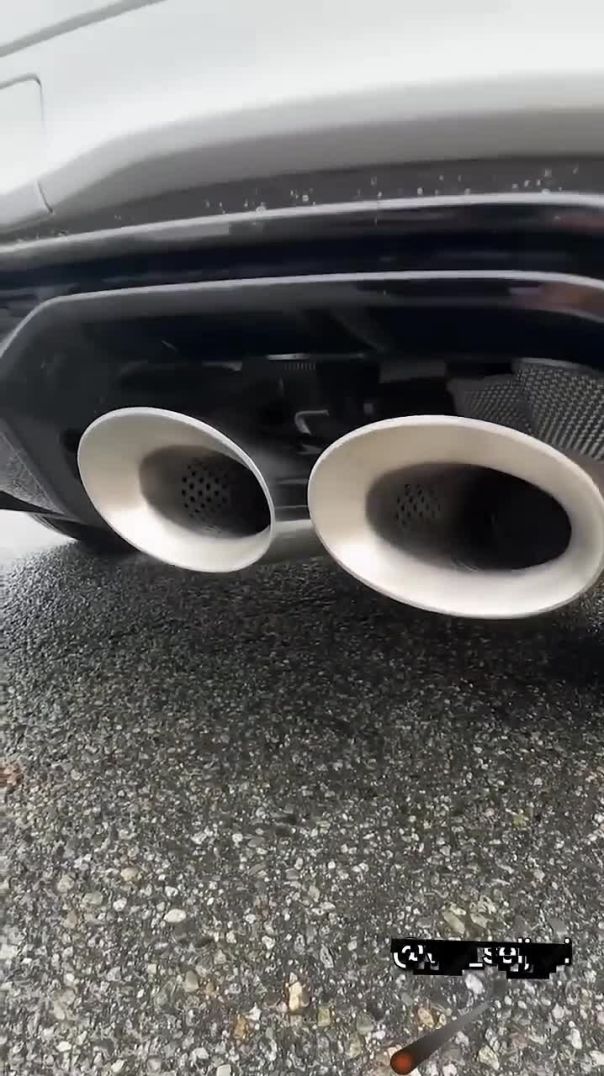








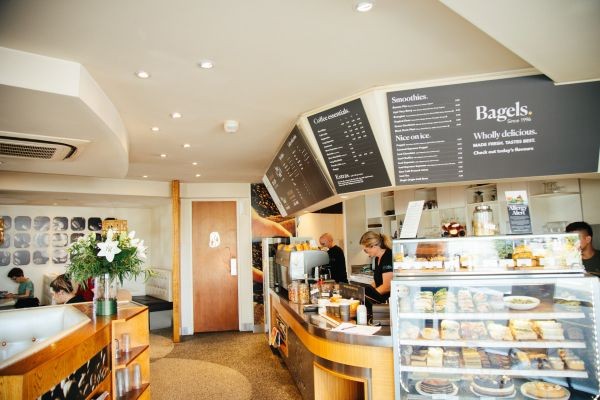

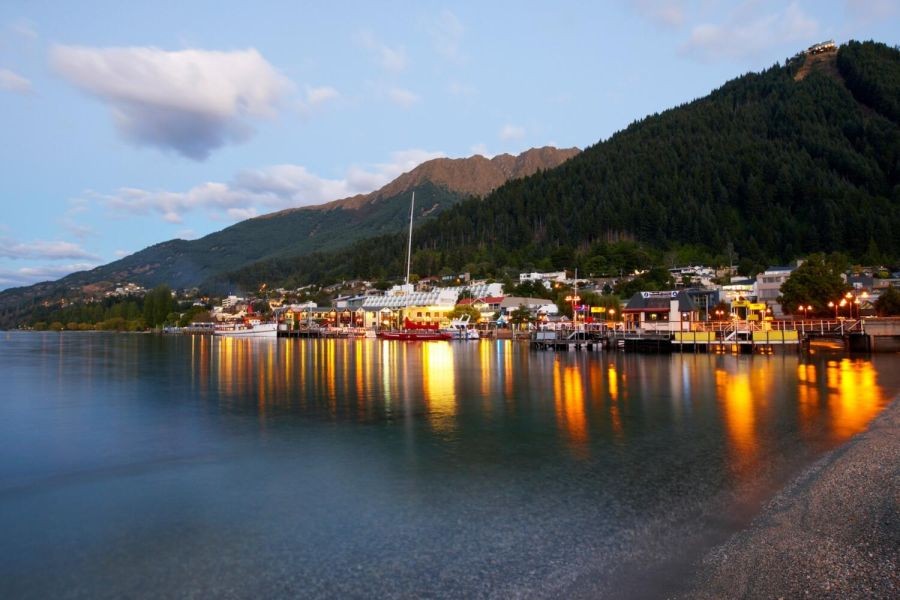

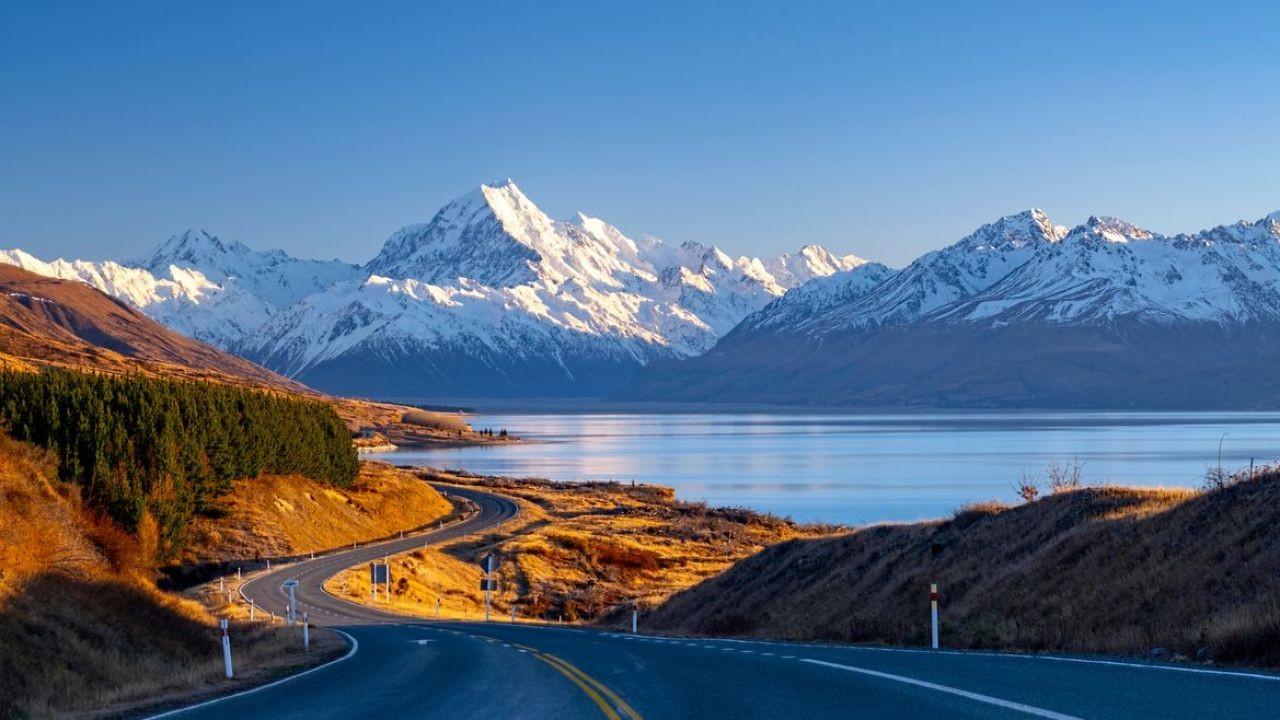











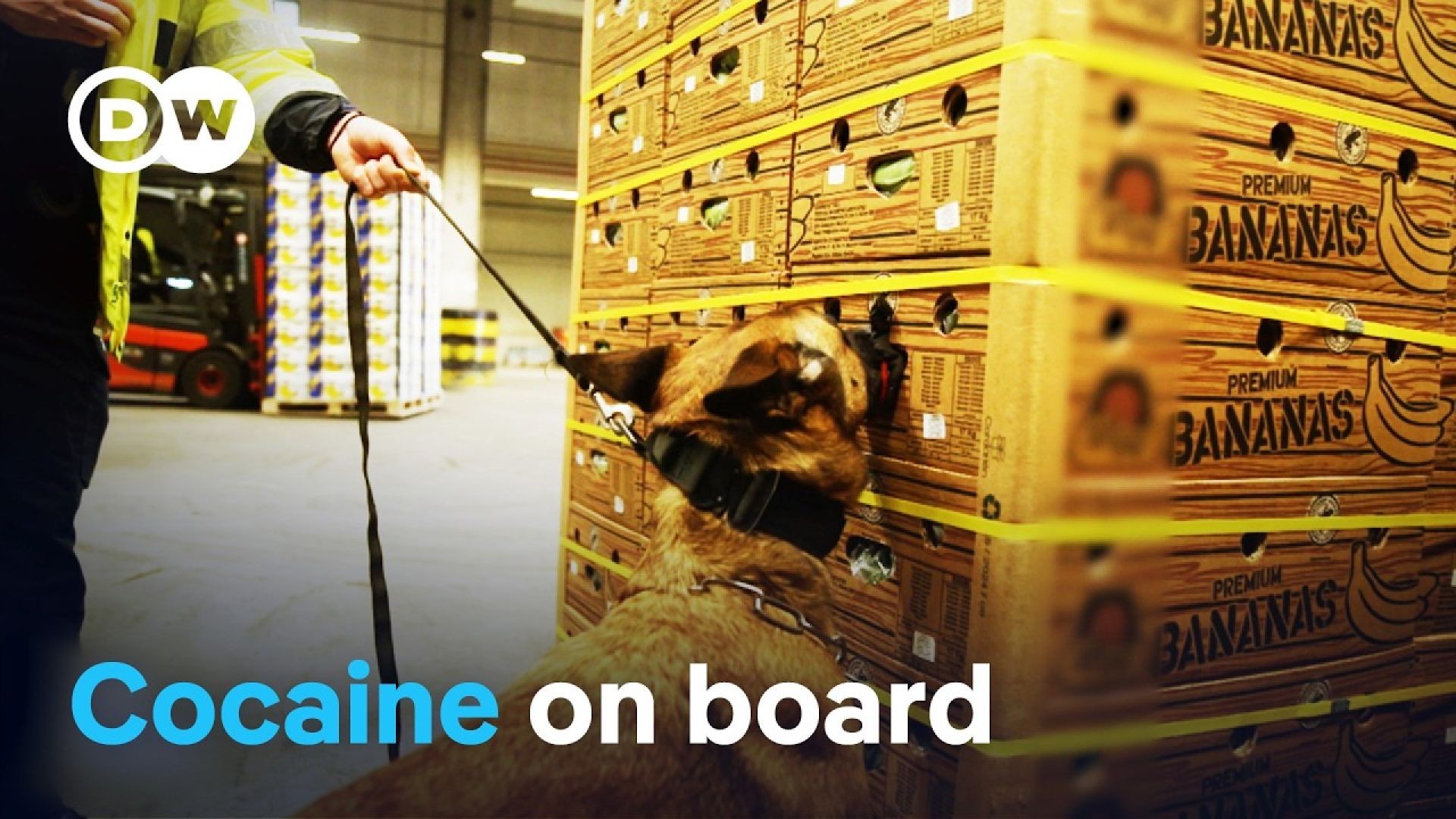



Boyce7366
4 months ago